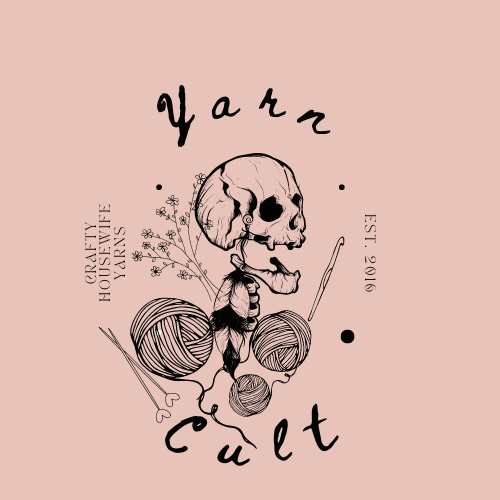Spinning Yarn: Roving Braid vs. Blended Fiber Batt
Spinning Yarn: Roving Braid vs. Blended Fiber Batt
In the world of handspinning, the choice between spinning from a roving braid and a blended fiber batt can significantly impact the texture, color, and experience of spinning yarn. Both preparations offer unique characteristics and cater to different preferences and projects. This blog will delve into the properties, advantages, and considerations of each, helping spinners make an informed decision on their spinning journey.
If you’d like to see a comparison of braids and batts check out one of my newer videos unboxing my favorite curated monthly spinning fiber subscription the “Fiber Artist Design Bundle”
What is Roving?
Roving refers to a long, narrow bundle of fiber that is ready to be spun. It is often seen in the form of a braid, known as a roving braid, which not only makes for an attractive presentation but also keeps the fibers neatly organized. Roving is typically made from wool, but it can also come from other fibers like cotton, silk, or blends.
Advantages of Spinning from a Roving Braid:
Uniformity: Roving offers a consistent thickness and fiber alignment, making it easier to spin a uniform yarn.
Ease of Use: The preparation of roving allows for easy drafting (pulling and elongating fibers before spinning), suitable for beginners.
Color Blending: Dyed rovings can present beautiful, gradual color transitions in the yarn, which are convenient for specific projects.
Things to Concider :
Rovings might limit the spinner's creativity in terms of texture and color mixing since the fibers are already aligned and pre-determined.
The fibers in a tightly packed roving may sometimes require pre-drafting to ease spinning.
What is a Blended Fiber Batt?
A fiber batt is made by carding fibers together, creating a large, flat sheet. Blended fiber batts mix different types of fibers and colors, offering a rich texture and unique color combinations. Batts can be rolled up for easy storage and handling.
Advantages of Spinning from a Blended Fiber Batt:
Creativity and Texture: Batts allow for incredible creativity, producing yarns with a variety of textures and hues by controlling how fibers are mixed.
Versatility: They can be split, stretched, and manipulated in many ways, catering to custom spinning techniques.
Fiber Experimentation: Using batts, spinners can experiment with different fiber mixes that wouldn't be possible with roving.
Things to Concider :
Spinning from a fiber batt might present a learning curve as the fibers may not be as aligned as in a roving, requiring more effort in drafting and managing twist.
The outcome might be less predictable, offering a unique, artisanal touch, which might not suit those seeking consistent results.
Making the Choice
For Uniformity and Simplicity: Roving Braid
Spinners looking for uniformity in their yarn and an easier drafting process may prefer roving braids. It’s particularly suited for those who enjoy gradual color changes and are beginning their spinning journey.
For Creativity and Texture: Blended Fiber Batt
For those who embrace unpredictability and enjoy a hands-on, creative process in spinning, a blended fiber batt offers the opportunity to play with textures and colors. It's ideal for artistic projects and spinners ready to experiment.
Which is right for you?
Choosing between a roving braid and a blended fiber batt ultimately comes down to what you value most in your spinning process. Whether it's the predictability and ease of spinning from a roving or the creative freedom of a blended fiber batt, both approaches offer their own joys and challenges. Experimenting with both will not only broaden your spinning expertise but also enhance your enjoyment of this timeless craft. This is why I so love my fiber artist design bundle monthly subscription. It lets you not just try new fibers and colors from month to month but also lets you have fun spinning from both batts and braids.
Embrace the variety of textures, colors, and experiences these materials offer, and let your spinning wheel (or spindle) take you on a journey of discovery and creation. Happy spinning!
Whether you’re a seasoned spinner or just starting, exploring the breadth of materials available can significantly enrich your spinning projects. Remember, the fun and creativity of handspinning lies in the process as much as in the final product.




